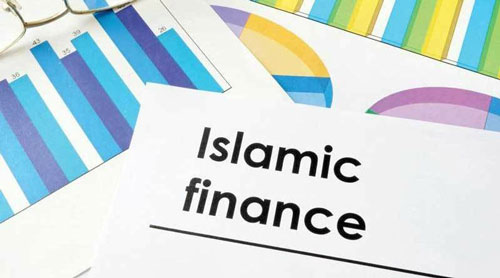Jeddah
Global Islamic Finance assets are forecast to reach USD 3.69 trillion by 2024, according to the 2020 Islamic Finance Development Report released today by Refinitiv and the Islamic Corporation for the Development of the Private Sector, ICD, the private sector development arm of the Islamic Development Bank, IsDB.
According to the report, global Islamic Finance assets increased by 14 percent year-on-year totaling USD 2.88 trillion in 2019. Islamic Finance assets of Gulf Cooperation Council, GCC, reached USD 1.2 trillion in 2019, followed by Middle East and North Africa, MENA, at USD 755 billion (excluding the GCC), and Southeast Asia at USD 685 billion.
The Islamic banking sector contributes the bulk of the global Islamic Finance assets. The sector grew 14 percent in 2019, equating to USD 1.99 trillion in global assets. This compares with just 1 percent growth in 2018 and an average annual growth of 5 percent over the period from 2015 to 2018.
According to the report, the top five developed countries in relation to Islamic Finance are Malaysia, Indonesia, Bahrain, UAE and Saudi Arabia. This year, Indonesia displayed one of the most notable improvements in the Islamic Finance Development Indicator, IFDI, moving into second place for the first time due to its high knowledge and awareness ranking.
David Craig, CEO of Refinitiv, said “A lack of relevant, actionable data has held back the Islamic finance industry for too long. That’s why the Islamic Finance Development Indicator is now such an important tool for policy makers and market participants. This market is worth nearly $3 trillion already and I’m excited about its future, particularly when it comes to Sukuk and because Islamic finance has so much in common with sustainable finance – one of the most significant trends in global business today.”
Ayman Sejiny, the CEO of ICD, said: “We believe that the analyses and information provided in this year’s report will serve as a vital reference point for the state of the Islamic finance industry during these difficult times and we remain convinced that Islamic finance can play a major role in alleviating the social and economic consequences of the Covid-19 pandemic.”
The report covers 135 countries and is based on five key metrics comprising of Quantitative Development, Knowledge, Governance, Awareness, and Corporate and Social Responsibility, CSR.
According to the report, Green and Socially Responsible Investments, SRI, increased in the UAE and Southeast Asia in 2020. The pandemic was a game changer as several Islamic banks reported losses and reduced profits throughout this year. The pandemic has also led to growth in some areas of the industry as some regulators turned to Islamic finance to mitigate the economic impact. Corporate Skuk issuance has also picked up after a cautious halt in the first quarter of 2020. The report indicates that companies are taking advantage of low borrowing costs to shore up their finances, while the pandemic continues to batter trade and economies.—Zawya News










